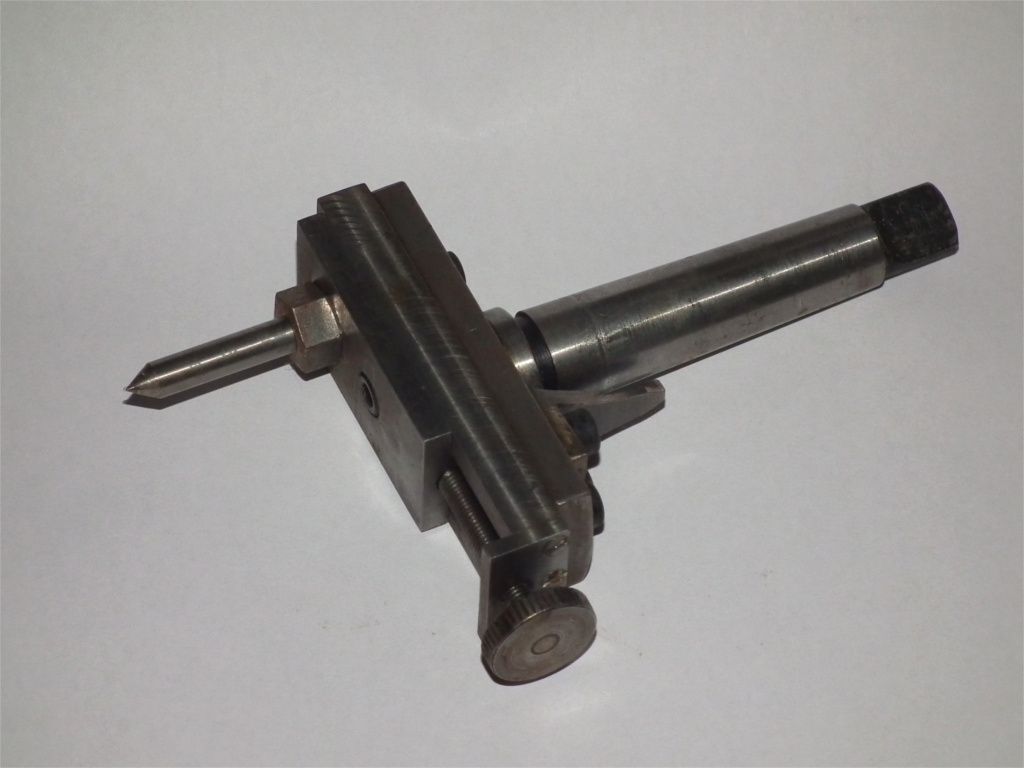Mike
Clamping the offset device to the tailstock barrel rather than relying on a simple push in taper seems to be a much more engineeringly valid solution. Which rather begs the question why all the published designs I've seen in magazines and books, probably 5 or 6 maybe more over the past 40 odd years, use a simple taper mount. Most especially as such articles usually include instructions on how to make a taper to match your tailstock without the offset device. Invariably stressing the importance of accurate work and covering the inevitably tricky set-up process in some detail. A simple bore, with some appropriate clamping device, to match the tailstock barrel is clearly much easier to do and, so far as I can see, at least as effective. So why did so many published designs do it the hard way?
A minor refinement to setting up is to ensure there is a large enough flat area on top to sit an adequately sensitive bubble, or electronic if you are into newfangled things, level to ensure the axis of shift is pretty much aligned with the late bed. Any significant tilt will affect things enough to upset accurate jobs such as morse and Jacobs tapers.
There are published references to adding fixed, pre-set, offset capability for things like morse tapers. Which sounds a good idea until the difficulty of getting repeatable effective lengths for the blank stock from which the taper is to be made. I suppose a collar could be affixed to the centre drill accurately controlling the depth to which the centres are drilled. If a radius type centre drill or ball in female type centres are used there will be no skewing effects so the results ought to be both reliable and computable. As Geo.H Thomas pointed out the effective length can be determined by calculation from a measurement taken over two balls seated, one at each end, in the drilled centres. Probably something its wise to do as a check on things before setting out to make an accurate taper by means of measured offset.
I wonder how variable centre drills are in terms of depth from the point to a suitable diameter of cone? If there is any significant variation and you expect to be doing a few tapers over the years it might be as well to dedicate a centre drill, or two if one size doesn't fit all, with a depth setting collar permanently fitted to the job.
Every time I think I'm going a bit OTT faffing about making sure that things should go well before starting a job I remind myself that a do over after producing a bad part is much more work in the end. My workshop Gremlin colony keeps me well supplied with do-overs anyway without a helping hand from me.
Clive.
Sam Longley 1.








